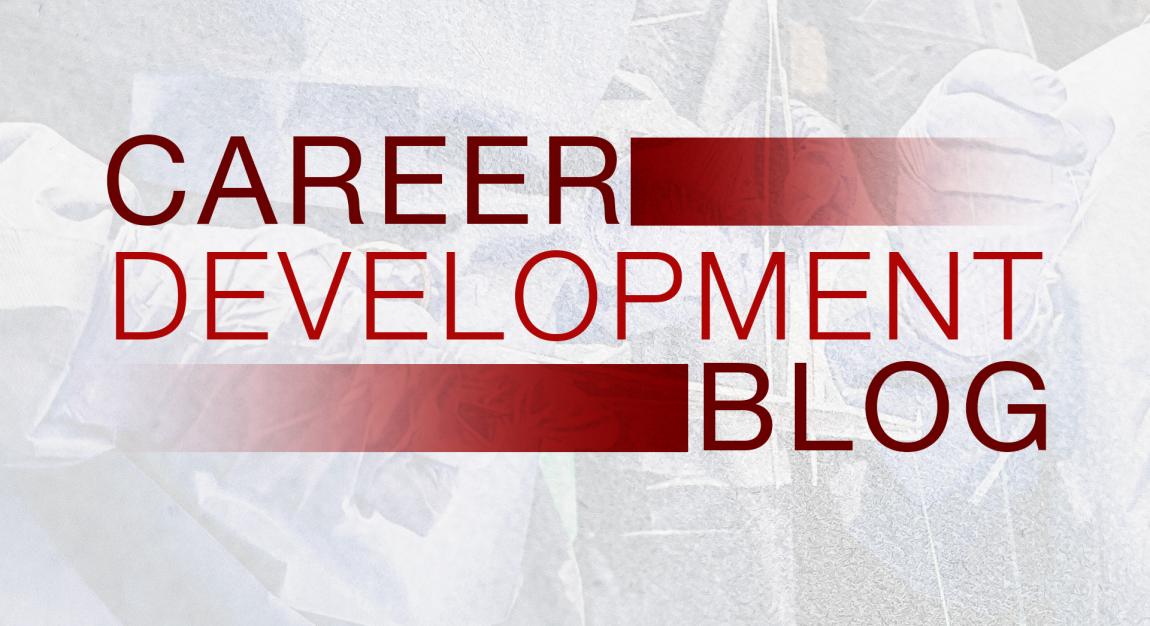
As surgeons, we all recognize the need for lifelong learning and continuous growth. No surgeon is expected to know it all, and an ongoing need for guidance from mentors and senior partners is the norm.
Despite this very normal and incremental growth in expertise, a rather abrupt transition occurs upon taking a position in academic surgery. The new surgeon is no longer an official trainee; rather, he or she is now expected to teach the trainees.
How do you relinquish control of your cases when you’re still learning yourself? How do you go to school for so many years, complete so much training, and finally call patients your own—and then stand by as the trainees do significant portions of the operations? Many models of surgical education discuss graduated levels of responsibility, allowing the trainee to start with just a few steps and advance as their skills allow. But when do you make the very distinct transition from the operator’s side of the table to the assistant’s?
I have several strategies that have worked for me. My approach centers on setting expectations, intraoperative communication, adaptability, and feedback.
Setting Expectations
Before every case, I communicate with all trainees involved regarding what I think they can do. I clarify whether they feel comfortable with that plan, and I ensure that we see eye to eye. I also set the expectation with them about what I need to do for my own comfort/development/growth; if there are major aspects of the case that I need to do, I explain why, and I tell the trainee how I think he or she might still benefit. This may be communicated in a number of ways:
- "I know you’ve performed lots of open cases before, but I haven’t done a thoracotomy with you yet. Let me walk you through the way that I do it so that next time you’ll know, and you’ll be able to do the more advanced portions of the case."
- "You did well on the venous dissection on the last VATS lobe; I’d like to see you do the PA dissection this time, as well, but if I get the sense that you aren’t making progress or that the dissection is not proceeding safely, I may take over."
- "This is a very uncommon case and we don’t see them very often. For that reason, I’ve asked my senior partner to be present for the carinal reconstruction, and I will likely be putting in most of the stitches. However, I think that there’s a lot you can learn, particularly from watching how we collaborate with the anesthesiologists to do the cross-table ventilation. I’m grateful to have you here, and I hope that you’ll ask questions and learn a lot from assisting."
Of course, most trainees would rather hear that they’ll be doing the whole case. But if they’re not, it’s much better to have clear expectations from the beginning and for them to understand your rationale. I also set expectations for what might cause me to take over:
- "I know that we haven’t worked together before, but I hear that you have done a number of cases like this. I might have some preferences that are different than my partners, so I’d ask that you listen carefully and I’ll be glad to walk you through as much of the case as possible. If I feel that you’re not understanding me or that patient safety is in jeopardy, I may need to show you some steps or take over altogether. But that’s not my goal. My goal is for you to do as much of this case as possible."
Ultimately, if the trainees understand that you share the same goals—having them do as much as possible and keeping the patient safe—it’s hard to feel disappointed
How do you relinquish control of your cases when you’re still learning yourself?
Intraoperative Communication
Intraoperative communication really is everything. If you take over for the trainee and he or she doesn’t know why, that is a lost opportunity for teaching. If you are doing a portion of the case in silence without explaining your technique, that, too, is a lost opportunity for teaching. When you are allowing a trainee to operate, don’t just explain what to do, but explain why. Some of your more senior colleagues may be so set in their ways that they can’t remember why they have their idiosyncrasies. But you likely know exactly why you’re doing it one way over another, as you’ve recently experienced the many approaches of your own attendings; this is your chance to explain to the trainees why you chose one specific strategy:
- "I don’t think we’re on the same page. I’m going to show you what I want you to do with the peanut, and then I’ll turn it back over to you."
- "You’re doing fine, but this anatomy looks aberrant. I’d like to take over for a bit until the structures are clearer to us both."
- "See how I only use blunt dissection to the left of the trachea, because cautery in this area can risk injury to the recurrent laryngeal nerve?"
Adaptability
While it’s great to set expectations, don’t set them in stone. The procedures that we perform can change based on intraoperative findings, and so should our roles within the case. Don’t be afraid to go back and forth from the left to right side of the table. It’s not particularly efficient, but it may be the safest thing for the patient. Continuously look for things that the trainee can do to gain experience, and take over whenever you need to do so if it’s best for the patient (or for your own growth). As long as you’re communicating, the trainee will get it.
Feedback
Allowing trainees to operate without any feedback does not help them improve nearly as quickly as practicing with specific goals in mind. They will learn much more from a few experiences of quality operating, with targeted feedback and areas on which to focus their subsequent efforts, than from doing large portions of cases without any comments or suggestions for improvement.
Allowing trainees to operate without any feedback does not help them improve nearly as quickly as practicing with specific goals in mind.
As early career academic surgeons, we may be eager to please the trainees, as we are close in age, share a lot in common, and may easily sympathize with their position. And we may believe that the only way they will like us is if they do the whole case, skin-to-skin. But that may not necessarily be true. In 2014, when Dr. Justin Dimick was the incoming president of the Association for Academic Surgery, he posed a question to his large Twitter following: “To surgery residents: What do the best faculty teachers do in the OR to help you learn? i.e., best practices?”
A subsequent blog post by Christopher Scally explored the four main themes that emerged: feedback, focused learning goals, autonomy and the chance to struggle, and patience. Trainee respondents did not emphasize doing the entire case, but rather making the most of the portions of the cases that they were able to do.
Making the change from trainee to trainer is not an easy transition, but it’s incredibly rewarding. Perhaps the only outcome more satisfying than helping individual patients is the act of training future surgeons, who will, in turn, go on to help even more patients.
The opinions expressed in this article are those of the author and do not necessarily reflect the views of The Society of Thoracic Surgeons.
